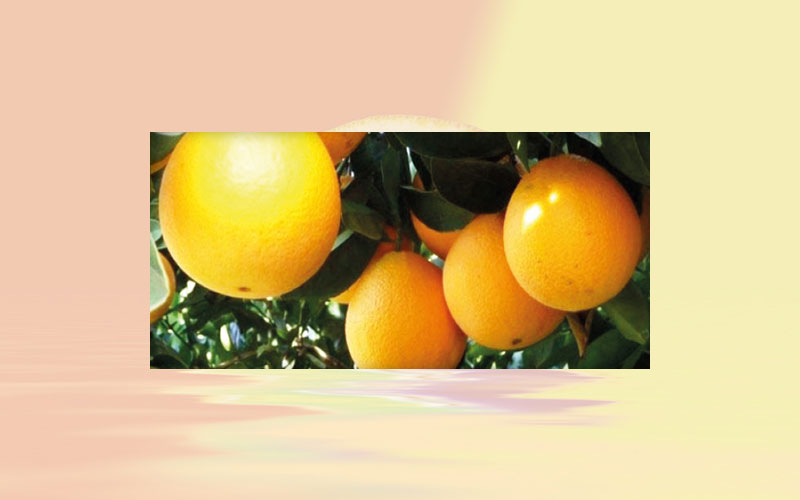Brazil: With market uncertain, tahiti lime prices rise by more than 20 % in March
Opposite to the expected by the agents from the Brazilian citrus sector, tahiti lime prices increased in São Paulo State in March, despite the crop peak. The boost came from higher demand, since, in the second fortnight of the month, people were trying to eat healthier, …

Opposite to the expected by the agents from the Brazilian citrus sector, tahiti lime prices increased in São Paulo State in March, despite the crop peak. The boost came from higher demand, since, in the second fortnight of the month, people were trying to eat healthier, increasing the consumption of vitamin C, because of the coronavirus outbreak worldwide.
However, most of the demand was linked to the increase in the purchases from distributors, retailers and consumers for stocking. Besides, the closure of schools, street markets and grocery stores, and lower sales in restaurants may also reduce the demand for the fruit.
In March, the average price for tahiti lime was 22.2 % higher than that in February, at 12.52 BRL per 27-kilo box.
As regards exports, agents reported a decrease in the volumes shipped, since the coronavirus outbreak affected Europe more severely, so far. Besides, the lower availability of containers for exports and the cancelation of air deliveries also reduced sales to the international market. Thus, tahiti lime prices for exports were lower than quotes in the Brazilian market in March, averaging 12.29 BRL per 27-kilo box.
ORANGE – The demand for oranges was firm in March, and prices remained stable in the Brazilian market. According to growers, the quarantine decree in São Paulo State and the consequent halt in some activities reduced labor, limiting supply and logistic operations. Thus, orange availability was low and, now, many agents are waiting for some early varieties, such as westin and rubi, to ripen in order to start trading.
In March, the average price for pear oranges was 35.35 BRL per 40.8-kilo box, on tree, 6.9 % up compared to that in February. The maturation stage requested by the in natura market is forecast to be reached in most groves between April and May.









